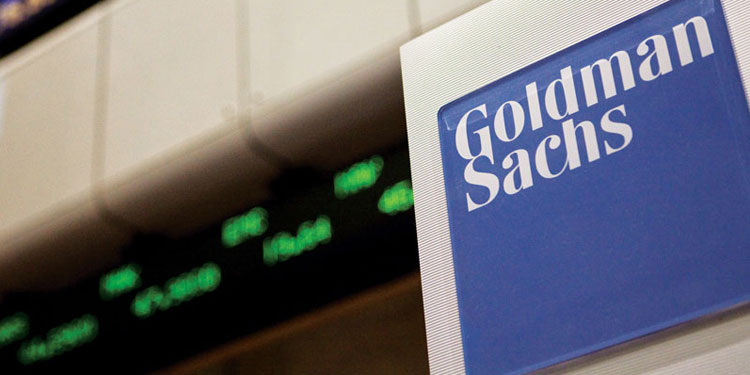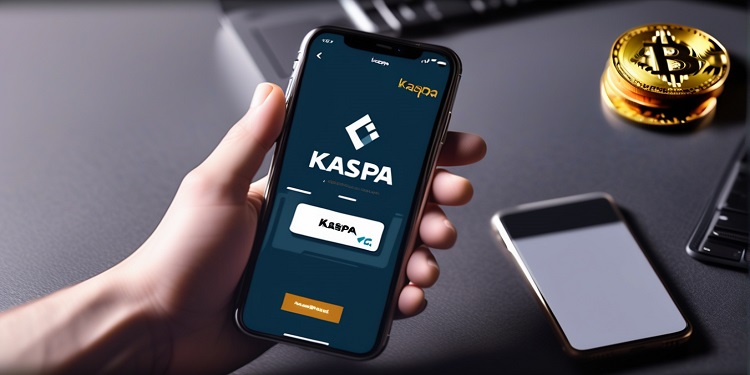 Goldman Sachs is supposedly one of numerous financial enterprises to sign up for JP Morgan’s custom blockchain service, an indication that several broker-dealers are trying to leverage on cryptocurrencies for their repo functions.
Goldman Sachs is supposedly one of numerous financial enterprises to sign up for JP Morgan’s custom blockchain service, an indication that several broker-dealers are trying to leverage on cryptocurrencies for their repo functions.
Scott Lucas, chief of blockchain markets at JP Morgan, in an interview with Bloomberg, stated that the investment bank already uses blockchain to carry out billions of dollars’ worth repurchase deals.
The bank uses JPM Coin, a stable coin pegged to dollar, to swap digitized US Treasury bonds in a more efficient manner.
As Bloomberg points out, JPMorgan carried out the foremost live trades in-house using its Onyx blockchain framework. That was sufficient to garner the attention of Wall Street investment banking behemoth Goldman Sachs, which will supposedly use Onyx for carrying out repo trades in the early part of 2021.
Lucas stated “We’re at the point where we can offer this product to our customers,” further stating that other banks and broker-dealers are also anticipated to partake in the service.
He continued:
“It’s a question of gradually increasing risk appetite if you want market participants to put real money on the table […] Then the next step will go further and the next step will go further.”
Christine Moy, who operates Onyx, stated that blockchain paves way for the repo market to be computed in “minutes and hours” as against “overnight or within days.”
Goldman also operates a cryptocurrency division headed by Matthew McDermott. He explained JPMorgan’s repo-market facility as evidence for the ability of enterprise level blockchain in addressing “a real-world problem in the financial system…”
Repo deals are short span lending facilities for government bonds dealers. In case of overnight multi-trillion repo market, dealers sell government bonds to investors and repurchase them a day later with a small mark up. The premium is included in the interest rate.
The repo market is usually regarded as the main pillar of financial network as it paves way for the flow of cash and securities among banks. It permits financial institutions with enormous securities positions to borrow at a cheap cost from parties with deep pockets in return for small interest payments. As securities, for instance the US Treasury bonds, are used as collateral, the transactions are regarded as categorized as low-risk.
The repo market got out of order in September last year after overnight interest rates surged to 4x the Federal Reserve’s benchmark rate, triggering “emergency” actions from the central bank to prevent cash crisis. The repo operations carried on for the large part of 2020, triggering worries about dearth of liquidity and lack of strength in financial markets.








